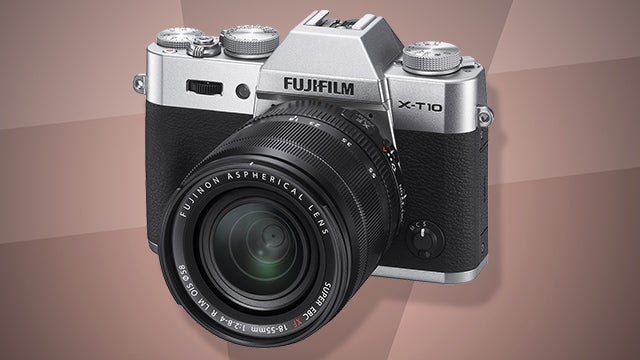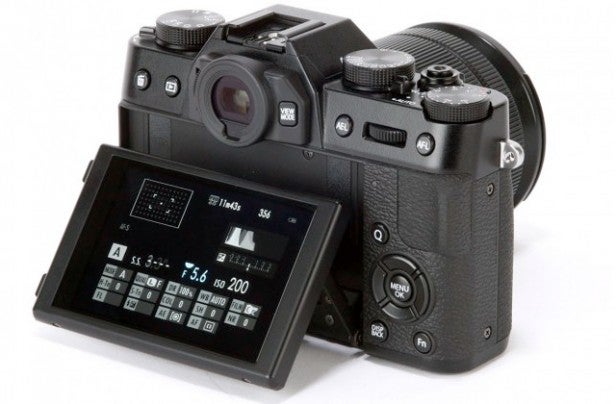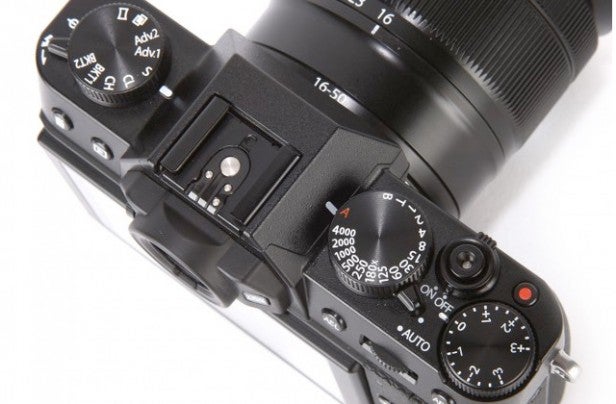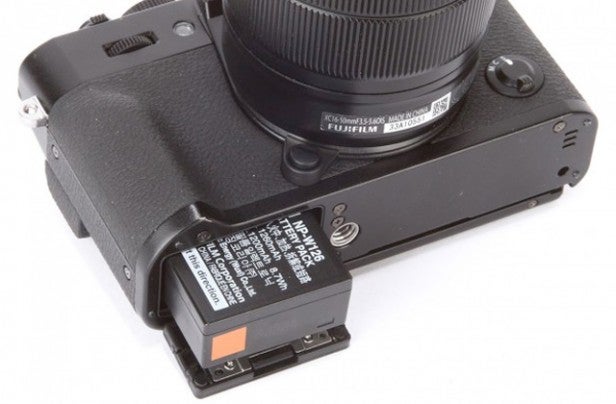FujiFilm X-T10 Review - Screen, Performance and Features Review
Screen, Performance and Features
The X-T1's baby brother is a winner

Sections
- Page 1 FujiFilm X-T10 Review
- Page 2 Screen, Performance and Features Review
- Page 3 Image Quality and Verdict Review
FujiFilm X-T10: Screen and Viewfinder
Add the X-T10’s viewfinder to the comprehensive manual controls and you have something that feels very much like a proper, serious camera despite being smaller.
Here we get the same 2.36-million dot OLED EVF used in the X-E2. It’s a very good EVF, and offers 100 per cent coverage. The hardware is similar to what you get in the X-T1, but with 0.62x magnification it’ll appear slightly smaller.

Carrying on the trend of combining serious features with more accessible ones, the FujiFilm X-T10 It has a tilt screen that makes it easy to shoot selfies and from below head level. It’s not a fully articulated screen, tilting up and down instead.
While not exactly the same as the X-T1’s display, it offers a 3in 920k-dot panel, a pretty standard affair. It’s a non-touch screen, though. The FujiFilm X-T10 packs-in a lot, not everything.

FujiFilm X-T10: Features
It’s the same case with the camera’s connectivity. The FujiFilm X-T10 has Wi-Fi, letting you control the camera and get an image preview from your phone. It also makes transferring images directly fairly easy. There’s an inbuilt flash too.
There’s no NFC, though, which is used in cameras to pair up phones more easily, by just touching them together. In the right spots. The FujiFilm X-T10 also lacks GPS.

FujiFilm X-T10: Performance and AF
Back when the FujiFilm X-series started, it was known for having great image quality but slightly slow and unreliable AF. More recent cameras like the X-T10 have improved this by using a hybrid autofocus system that combines phase detection with contrast detection.
The FujiFilm X-T10 has a 49-point AF that covers most of the frame, which can be expanded out to a 77-point full coverage arrangement using the wide tracking mode (using contrast detection points). It’s the same focusing system used by the X-T1.

While there are no claims about supreme speed, which Sony and Panasonic are often keener to harp on about, the FujiFilm X-T10’s AF system is quite fast, even in low light. We did find the AF-assist light to be a bit too bright, though.
If you want to focus manually, both preview magnification and focus peaking are on-board. The latter highlights in-focus parts of the image, making it much easier to tell which bits look sharp.
Shooting speed too is good, but not quite best-in-class. With the same EXR Processor II as the X-T1 it’ll shoot at 8fps. That’s great, but beaten still by the 11fps Sony a6000.
The shutter goes from 1/4000 of second to 30 seconds, but there’s also an electronic shutter to let you use FujiFilm’s ultra-fast lenses in bright sunlight at wide aperture settings. It goes all the way up to 1/32000 sec, and when using the electronic shutter operation is silent.
The FujiFilm X-T10 can’t use its extended ISO modes with the electronic shutter, though, and can cause some distortion in moving objects.


